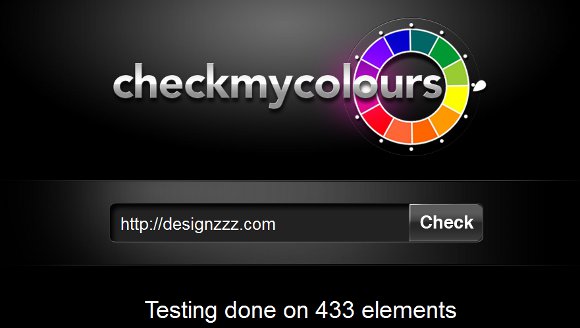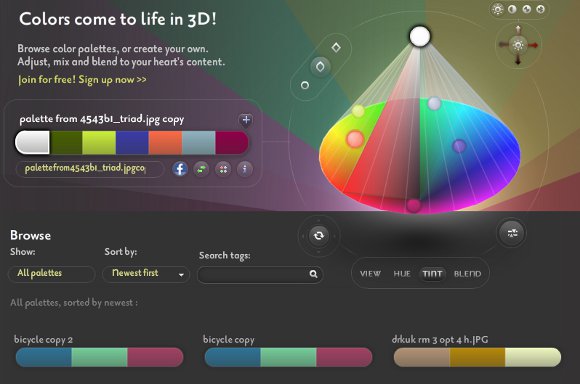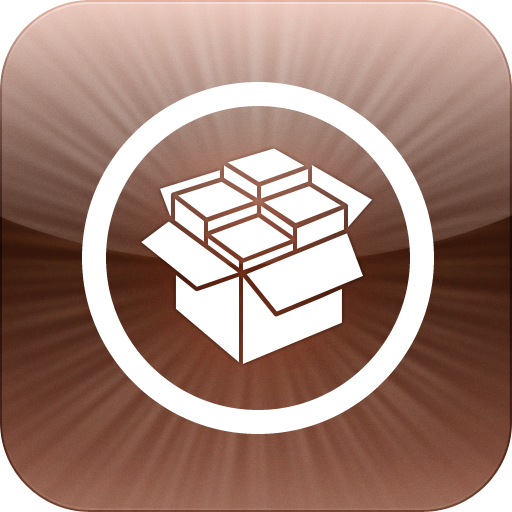I've recently had cause to investigate how dynamic linking is implemented on Windows. This post is basically a brain dump of everything I've learnt on the issue. This is mostly for my future reference, but I hope it will be useful to others too as I'm going to bring together lots of information you would otherwise have to hunt around for.
Without further ado, here we go:
Export and import directories
The Windows executable loader is responsible for doing all dynamic loading and symbol resolution before running the code. The linker works out what functions are exported or imported by each image (an image is a DLL or EXE file) by inspecting the .edata and .idata sections of those images, respectively.
The contents of these sections is covered in detail by the PE/COFF specification.
The .edata section
This section records the exports of the image (yes, EXEs can export things). This takes the form of:
The export address table: an array of length N holding the addresses of the exported functions/data (the addresses are stored relative to the image base). Indexes into this table are called ordinals.
The export name pointer table: an array of length M holding pointers to strings that represent the name of an export. This array is lexically ordered by name, to allow binary searches for a given export.
The export ordinal table: a parallel array of length M holding the ordinal of the corresponding name in the export name pointer table.
(As an alternative to importing an image's export by its name, it is possible to import by specifying an ordinal. Importing by ordinal is slightly faster at runtime because the dynamic linker doesn't have to do a lookup. Furthermore, if the import is not given a name by the exporting DLL, importing by ordinal is the only way to do the import.)
How does the .edata section get created in the first place? There are two main methods:
Most commonly, they start life in the object files created by compiling some source code that defines a function/some data that was declared with the __declspec(dllimport) modifier. The compiler just emits an appropriate .edata section naming these exports.
Less commonly, the programmer might write a .def file specifying which functions they would like to export. By supplying this to dlltool --output-exp, an export file can be generated. An export file is just an object file which only contains a .edata section, exporting (via some unresolved references that will be filled in by the linker in the usual way) the symbols named in the .def file. This export library must be named by the programmer when he comes to link together his object files into a DLL.
In both these cases, the linker collects the .edata sections from all objects named on the link line to build the .edata for the overall image file. One last possible way that the .edata can be created is by the linker itself, without having to put .edata into any object files:
The linker could choose to export all symbols defined by object files named on the link line. For example, this is the default behaviour of GNU ld (the behaviour can also be explicitly asked for using –-export-all-symbols). In this case, the linker generates the .edata section itself. (GNU ld also supports specifying a .def file on the command line, in which case the generated section will export just those things named by the .def).
The .idata section
Read more:
:: (Bloggable a) => a -> IO ()QR:

Posted via email from Jasper-net



















 This month’s MSDN magazine, themed Web Platform is now available online. July’s top stories include:
This month’s MSDN magazine, themed Web Platform is now available online. July’s top stories include: